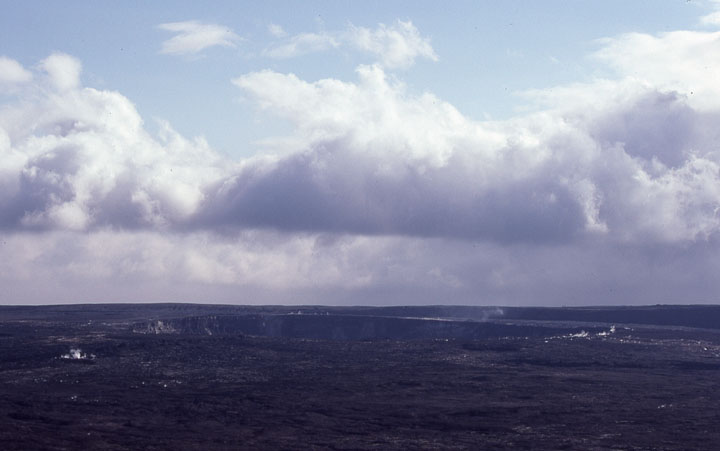|

Explore island geology and life
with images, information, and guides.
Search
by keyword or browse
the index.
What's
New?
|
|
|
|
|
Halema`uma`u
caldera: additional
photos and map, Hawai`i Volcanoes National
Park
Moloka`i
Ctenophora:
recent research
|
| Recent
Research |
|
|
|
|
So
where do
plumes come from? Recent work suggests
the outer core.
The
2014–2015 Pāhoa lava flow:
Are more felsic magmas
the result of fractionation or assimilation?
Are granites what's left after more mantle-like
components crystallize and sink or are they formed
by the addition of crustal country rock as the
melt ascends? Recent papers suggest fractionation
may be the dominant process.
- Kemner, F.,
Haase, K. M., Beier, C., Krumm, S. and Brandl,
P. A. (2015), Formation
of andesite melts and Ca-rich plagioclase in
the submarine Monowai Volcanic System,
Kermadec Arc. Geochem.
Geophys. Geosyst.. Accepted Author
Manuscript. doi:10.1002/2015GC005884
- The
cultural fight over Mauna Kea
accelerates observatory closures.
- Witze, A. (2015),
Hawaii
prunes Mauna Kea telescope hub. Nature
522,
15–16. doi:10.1038/522015a
|
|
|
|
|
Somewhere on the
Pacific Plate . . .
The main Hawaiian
Islands are about 2500 miles southwest of San
Diego. They are the newest additions to the Hawaiian
Ridge, a line of mostly extinct submarine volcanoes
on the northern Pacific Plate. The plate moves
upwards of 3˝ inches per year, on average, to the
northwest. Not concidentally, this movement follows
the trend of the Hawaiian Ridge.
So what are a bunch of
islands doing in the middle of the Pacific Plate?
Ah, funny you should ask ...
|
Search
| Index | Calendars
|
|

